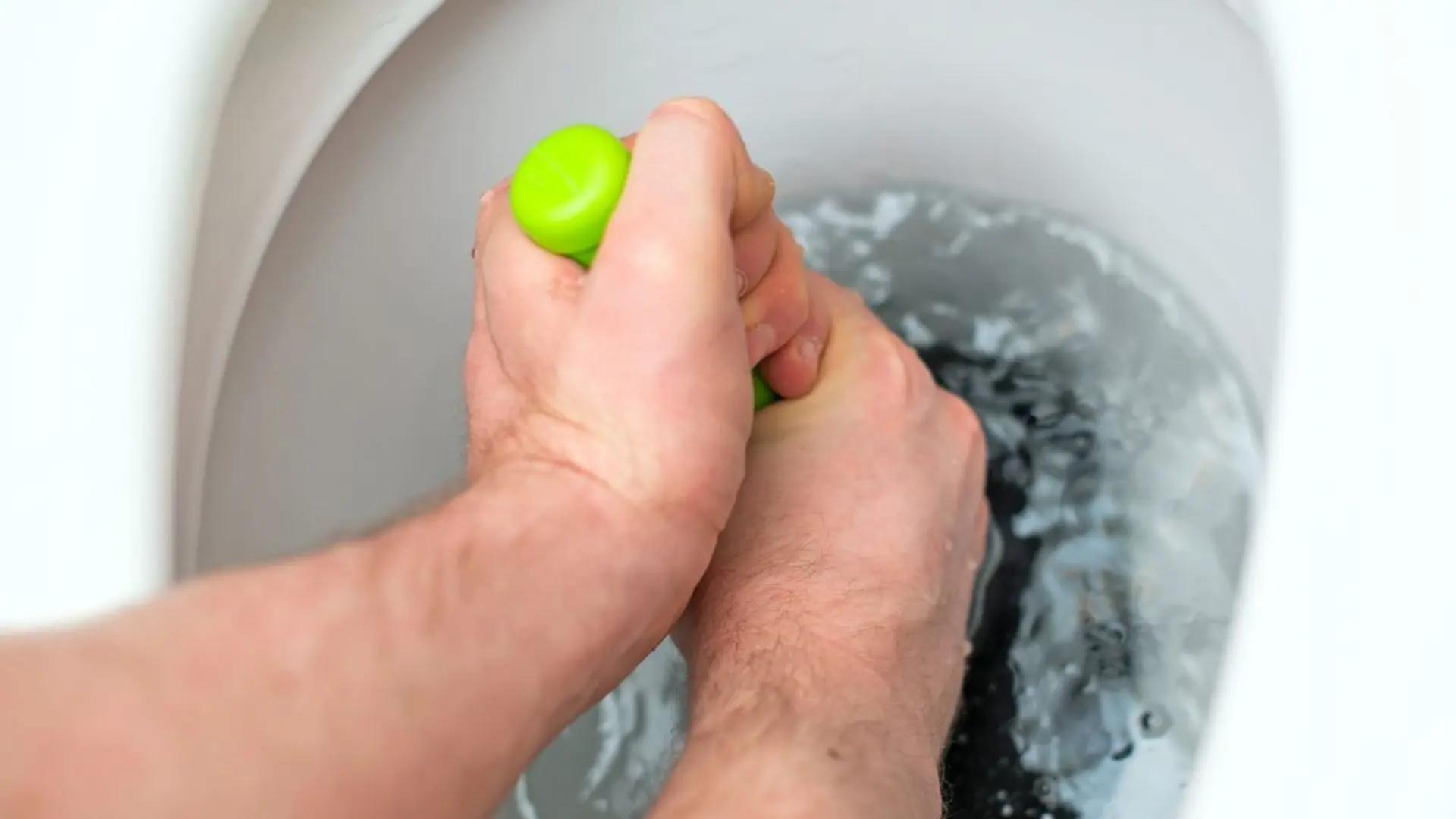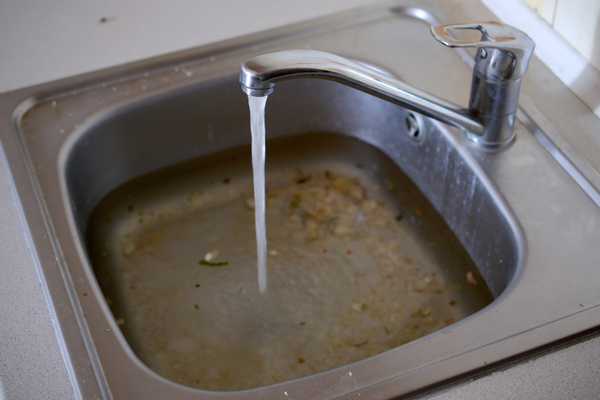What are your thoughts concerning How to handle a clogged drain in your home?

Introduction
Handling a blocked drain can be a frustrating experience, disrupting everyday tasks and possibly causing damage to your property. However, before reaching out to pipes professionals, there are actions you can take to resolve the issue yourself. In this guide, we'll check out do it yourself services and preventive measures to tackle an obstructed drain successfully.
Determining the Problem
The primary step in resolving an obstructed drainpipe is identifying the indications. Sluggish drain, gurgling sounds, foul odors emanating from drains pipes, or water support up prevail signs of a blocked drainpipe. Recognizing these indicators early can aid avoid better issues.
Choosing the Right Plumbing Service
When picking a plumbing solution, consider elements such as experience, licensing, and client reviews. Select a reliable plumbing with a track record of top quality handiwork and transparent prices techniques.
Expense Considerations
The price of expert drain cleaning company can vary relying on the intensity of the clog and the plumbing technician's rates. Request quotes from multiple providers and ask about any additional charges to guarantee transparency and avoid shocks.
Safety and security Precautions
When attempting DIY drainpipe cleansing, prioritize security. Put on protective gloves and eyeglasses to avoid contact with dangerous chemicals or microorganisms. Never ever blend various drain cleansing items, as this can generate harmful fumes.
Case Studies
Real-life examples highlight the efficiency of DIY solutions and the relevance of timely professional treatment in settling drainpipe clogs.
Usual Sources Of Blocked Drainpipes
Comprehending the elements that add to drain pipes obstructions is crucial for efficient resolution. Usual culprits include hair, soap residue, oil, food debris, and foreign items like hygienic items or paper towels. Tree roots invading below ground pipelines can likewise trigger substantial blockages.
DIY Solutions
For small obstructions, numerous DIY options can be reliable. Pouring boiling thin down the drain can help dissolve oil and particles. Baking soda and vinegar or a blend of salt and cooking soda can work as natural cleansers. Utilizing a plunger or pipes serpent to displace obstructions is another alternative.
Devices and Equipment
Having the right devices on hand can make DIY drainpipe cleansing much more effective. A bettor is a flexible device for getting rid of clogs in sinks, toilets, and showers. A plumbing serpent or auger can get to deeper clogs, while drainpipe cleansing chemicals can be made use of cautiously for persistent blockages.
Safety nets
To stay clear of future clogs, taking on preventive measures is vital. Install drainpipe guards or filters to capture hair and particles prior to they get in the pipes. Frequently flush drains pipes with warm water to dissolve grease build-up, and avoid disposing of oil or strong waste away.
When to Call a Professional
While do it yourself options can fix small obstructions, specific indications suggest the need for professional aid. Persistent clogs, foul odors regardless of cleaning initiatives, or numerous drains pipes backing up all at once are warnings that necessitate experienced treatment.
Conclusion
By adhering to the tips laid out in this overview, you can properly deal with obstructed drains and stop future plumbing problems. Whether opting for DIY options or seeking expert support, prompt activity is essential to preserving a healthy plumbing system and maintaining the honesty of your home.
How to Clear a Clogged Drain Yourself (And When to Call In the Professionals)
What Can Clog a Drain
- Dirt
- Skin flakes
- Hair
- Grease
- Soap scum
- Food
- Offset pipes
- Tree roots
- Small objects
- Mineral buildup
DIY Tricks to Unclog a Drain
You can fix this! Once you have identified the source of the clog (or have a vague idea), you can try one or a combination of these fixes in order to clear your plumbing.
Wire Hanger or Snake
Untangle and clear out hair from a drainpipe with a homemade snake. Use a straightened-out wire hanger with a 90-degree angle hook to locate the clog and drag out any unwanted material.
Remember not to push the clog further down to where the wire hanger cannot reach! If you need to follow up with a plunger, give it a try. Your efforts might be more successful after it’s been wire-snaked.
If you want to get fancy and don’t have a wire hanger to spare, head to the store and pick up a hand-operated drain snake. You can get one for $10-$30. It may save you the hassle, and provide additional length to reach deep into the clogged pipe.
Plunger
A cup plunger has a suction cup attached to a wooden handle. The rubber creates a seal around the drain, and increases the pressure force of the plunger.
Plunge for 30-second increments to loosen the clog. This may need to be repeated over the course of 15-20 minutes. Once plunged, run the water to flush the remaining material out of the drain.
Remember– never use a plunger if you have used a chemical drain cleaner. These chemicals can splash up from the force of the plunger and cause serious injury or burns.
Boiling Water
Hot water can sometimes break up materials into a flushable amount. Dirt, grease, and soap buildup requires heat in order to unstick from surfaces.
Take your kitchen kettle and heat your water to a boil. Once it reaches a rolling boil, pour it directly down the drain into the blockage. Carefully follow with plunging, if necessary.
Don’t worry if this takes more than one try! It can often take multiple kettles and repeated plunging in order to clear a particularly stubborn clog.
Chemical Drain Cleaner
As a last resort, pick up a bottle of chemical drain cleaner. Drain-cleaning chemicals are potent, and not very good for the environment.
You may need to wear protective eyewear in gloves before handling your bottle of chemical drain cleaner. Follow the instructions printed on the bottle, and flush with water as soon as the instructions allow. Do not follow with plunging.
Baking Soda and Vinegar
As a safer alternative to chemical drain cleaner, baking soda and vinegar can create a chemical reaction that clears tough clogs.
Combine one cup of cleaning vinegar with one cup of boiling water, and set aside. Once you have done this, pour half a cup of baking soda down the drain. Give the baking thirty seconds to settle and cover a large portion of the problem drain.
Following the baking soda, pour down your vinegar and hot water solution. Once the vinegar and baking soda combine, the mixture will bubble and fix. Let this reaction fizzle in the drain for about an hour.
After an hour, follow with a kettle’s worth of hot water. The heat and liquid should flush out any remaining material.
When to Call a Plumber
If your DIY attempts haven’t cleared your clog drain, it’s time to call in a professional. It’s not worth losing access to your kitchen sink or high-traffic bathroom. A clog in a vital area can keep you from the things you’d rather be doing, and derail your routine.
Anytime a clog is causing water to spread is a time to call in a plumbing service. What starts out as a little bit of water can quickly grow into serious, expensive water damage.
Additionally, a serious clog can result in burst pipes or serious leaks. Make sure you know when to take it seriously!
https://myguysnow.com/how-to-clear-a-clogged-drain-yourself-and-when-to-call-in-the-professionals/

We hope you liked our piece about How to handle a clogged drain in your home. Thanks for spending some time to read our short article. Liked our blog posting? Please quickly share it. Let someone else find it. I am grateful for your time. Don't hesitate to pay a visit to our website back soon.
Schedule Services
Comments on “Approaches for Addressing a Blocked Drain Prior to Seeking Expert Plumbers”